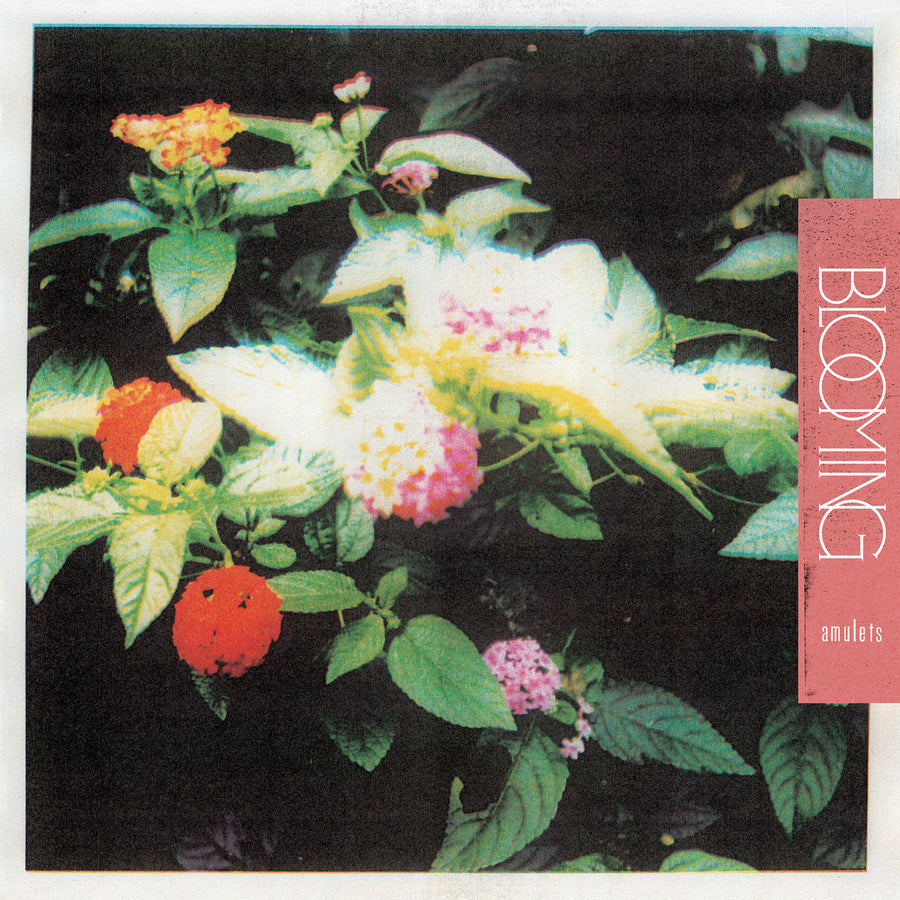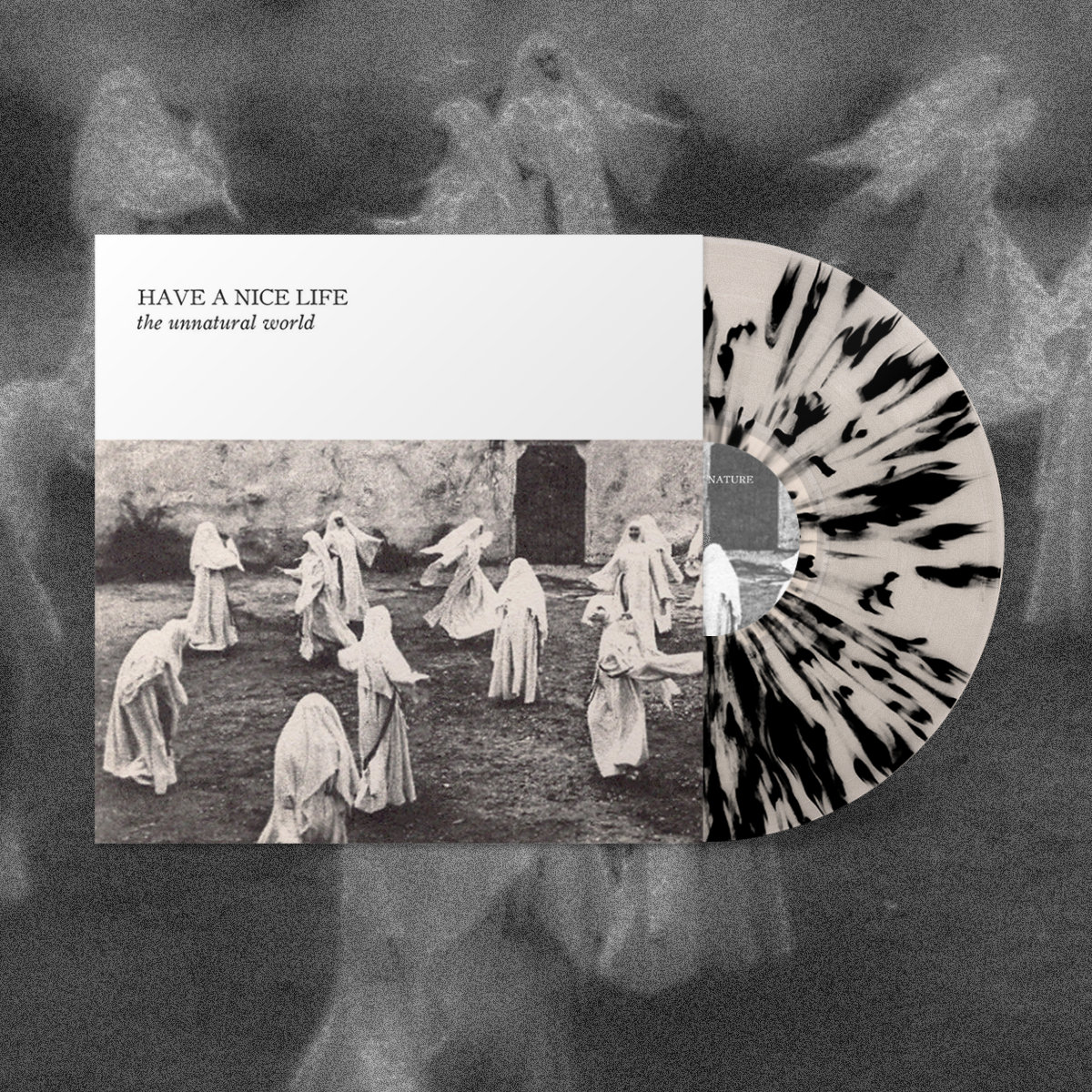

Johns,” he used American Sign Language, making each letter by pressing his own hand into the wax.Īlso in the show will be a group of new drawings that Mr. And instead of signing the work with his usual “J. Then, on the other side of the relief, he took the text and repeated it in the American Sign Language alphabet with stamps he made himself. Johns pressed the individual letters of van Gogh’s sentences into the wax. One of the sculptures is a double-sided relief called “Fragment of a Letter,” incorporating text from a letter that van Gogh wrote to the artist Émile Bernard and dealing with the idea of artists sticking together.

“I thought of making a cast of that sculpture in aluminum, so I started doing experiments,” Mr. These new works recall “Numbers, 1964,” his only public artwork, in the lobby of the New York State Theater at Lincoln Center in which each number is a separate unit, fashioned from a material called Sculp-metal. In some he has added elements like impressions of newsprint, his own hand or a cast of the foot of his friend Merce Cunningham. Johns’s signature grid of numerals - 0 through 9 - which he made first in wax, with varying surfaces and textures. That’s all.”Īn exhibition of 11 new sculptures and 20 recent works on paper that opens May 7 at Matthew Marks’s 22nd Street gallery may at first seem like classics from the past, but on closer inspection there is much that is new about this work. “It can only be seen now, in this museum,” he said. Once the show is over, the money will be his for the spending. One obvious image that comes to mind is Warhol’s 1962 silk-screen painting “200 One Dollar Bills,” which sold for $43.7 million at Sotheby’s two years ago.īut Mr. Feldmann acknowledged that his installation had its roots in the Pop Art of the 1960s and ’70s. But I’m sure that won’t happen.”Īnd although the intent may be different, even Mr. “In the next room you find $10 million paintings, and nobody is stealing them,” Mr. Since the money is there for the taking, officials at the Guggenheim are planning to have extra guards on duty and security cameras keeping a close watch on visitors. Feldmann said it was an entirely pragmatic decision: “It’s easier because they only will need one pin.” He has instructed the museum to tack the bills up vertically, not horizontally, and they will have to overlap to get the entire $100,000 on the walls. Feldmann said using crisp dollar bills could lead to the misunderstanding that the installation is about capitalism and power. “It’s the notion of value in everyday life,” she said. Feldmann that the dollar bills be used ones.

She added that it was particularly important to Mr. “The gallery will become a totally immersive environment,” said Katherine Brinson, an assistant curator who is organizing the exhibition. Officials at the Guggenheim estimate that it will take a team of art handlers about 13 days to pin the used bills to the walls. And at the International Center of Photography in Midtown three years ago he filled a room with the framed front pages of 100 newspapers - from New York, Paris, Dubai, Sydney, Seoul and elsewhere - printed on Sept. 1 showed “100 Years,” an exhibition made up of 101 photographic portraits of people ages 8 months to 100 years. It is a bit out of the norm.”Ĭreating carefully conceived installations from everyday images is what Mr. “It’s great that they have agreed to do this. “I am not at all against the museum,” he said. Feldmann said “it would be a pity” if people think that the exhibition is crass, or that he is thumbing his nose in some way at the prize or the money or the Guggenheim. And I would like to show the quantity of it.”ĭescribing the installation as “a big statement,” Mr. “At that time there was no money in the art world. Feldmann said in a telephone interview from his studio in Düsseldorf. “I’m 70 years old, and I began making art in the ’50s,” Mr. It’s a concept that takes Warhol one bold step further: Receive $100,000 in prize money, and instead of spending it, tack 100,000 used $1 bills to the walls of a museum.īut the notion that, as Warhol, the man who painted “200 One Dollar Bills,” once said, “making money is art” is exactly what Hans-Peter Feldmann, the German artist who was awarded the $100,000 Hugo Boss Prize in November, does not want art lovers to think next month when they step into a large gallery off the Frank Lloyd Wright ramp of the Guggenheim Museum in New York and see a room covered floor to ceiling with 100,000 $1 bills.


 0 kommentar(er)
0 kommentar(er)
